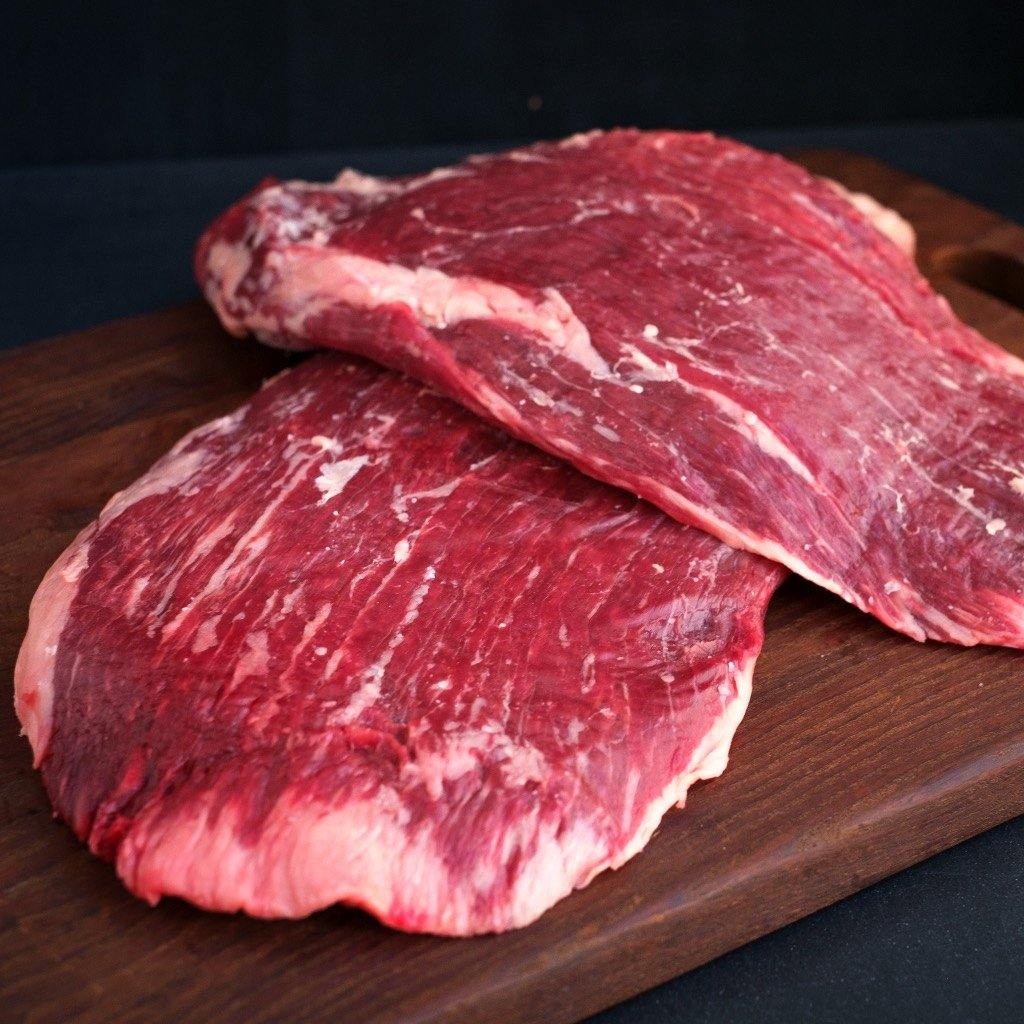In the family Bovidae, which also includes cattle, Bison are just one of more than a hundred species of hoofed animals. Although they share some physical features with buffalo, they should be considered a separate species. Before the advent of beef, Bison was the world’s most widely consumed red meat. Bison meat is becoming increasingly popular because of recent advertising campaigns, its easy accessibility, and its healthful nutritional profile.
The article discusses the pros and cons of eating Bison as a meat alternative and compares it to beef regarding its nutritional value.
Table of Contents

Bison Meat Nutrition
Bison has a flavor that is both savory and sweet. It’s nutritious and simple to prepare because it contains less saturated fat. Eaten in moderation, Bison is a lean and nutritious option. Twenty grams of protein, 146 calories, and 7 grams of fat can be found in a single 100-gram serving. The carbohydrate and fiber content is shallow. Additionally, there are trace levels of nutrients like iron, magnesium, calcium, and zinc in bison meat.
The meat of the bison animal is a good source of protein since it contains all 20 essential amino acids. Conjugated linoleic acid (CLA), found in bison meat, is an anti-inflammatory fat.
Fish, turkey, hog, and chicken are examples of non-ruminant meat sources that do not include CLA.

Beef vs. Bison
Cattle were typically slaughtered between the ages of four and five when they were allowed to graze freely on the range. Nonetheless, virtually all beef consumed in the United States comes from cattle-fed grain and is 14 months old or younger before being slaughtered. Having a higher lipid content and an increased omega-6 to omega-3 ratio, this beef may increase the risk of cardiovascular disease.
Bison, on the other hand, are grass-eaters that thrive on the open range. The fat in their meat is far less than that of beef. Only elk meat has a lower fat content than other major North American meats. The fatty acid profile of bison meat is also preferable to that of beef.
Bison meat is lower in saturated fat and calories than beef, and eating a diet with a higher ratio of unsaturated to saturated fat benefits health.
Bison meat is higher in protein content than beef. A greater variety of minerals, including vitamin B12, zinc, iron, selenium, and omega-3 fatty acids, can be found in bison meat. Bison is higher in polyunsaturated fatty acids (PUFA) and omega-3 fatty acids and lower in saturated fatty acids (SFA) than beef. Compared to beef, pork, and lamb, the Index of atherogenicity for bison steaks and roasts was lower, suggesting a protective effect against cardiovascular disease.

As far as your cardiovascular system is concerned, eating bison meat is preferable to beef. Consuming bison meat has been shown to lessen inflammation and oxidative stress. This could be a healthier option in cultures where red meat is a major staple. To boost their size and the amount of meat they produce, farmers routinely inject antibiotics and hormones into their cattle. On the other hand, Bison don’t need these medications because they eat grass all day.
Bison Recipes
Due to its leaner nature, Bison requires more careful cooking than other red meats. Keep it cool from overcooking. You can broil, grill, or pan-fry thinner slices. Meats that are larger and less tender are ideal for braising or stewing. Bison burgers, meatballs, sauce, stroganoff, and even nachos can be made with ground bison.
Bison meat is sold at grocery stores and outdoor markets. Bison meat has a three- to five-day shelf life for larger chunks but only two- to three days for ground bison. It can be safely frozen for a few months if it can’t be used. Despite popular belief, culinary procedures such as salting, microwaving, drying, or smoking are all ineffective against parasites. Meat should reach an interior temperature of 70 degrees Celsius (160 degrees Fahrenheit) to kill harmful germs, including trichinella. The meat is safe after frozen for at least a month at -15°C (5°F).

To sum up
Bison, like cattle, belong to the family Bovidae, which includes other hoofed mammals such as sheep and goats. Bison meats are comparable to beef, yet it differs in several ways. Unlike beef, Bison is typically grass-fed and, therefore, healthier.
Its adaptability and potentially health-beneficial nutritional composition make it an excellent substitute for conventional red meats. Bison can be a healthy supplement to a diet based on whole foods.





